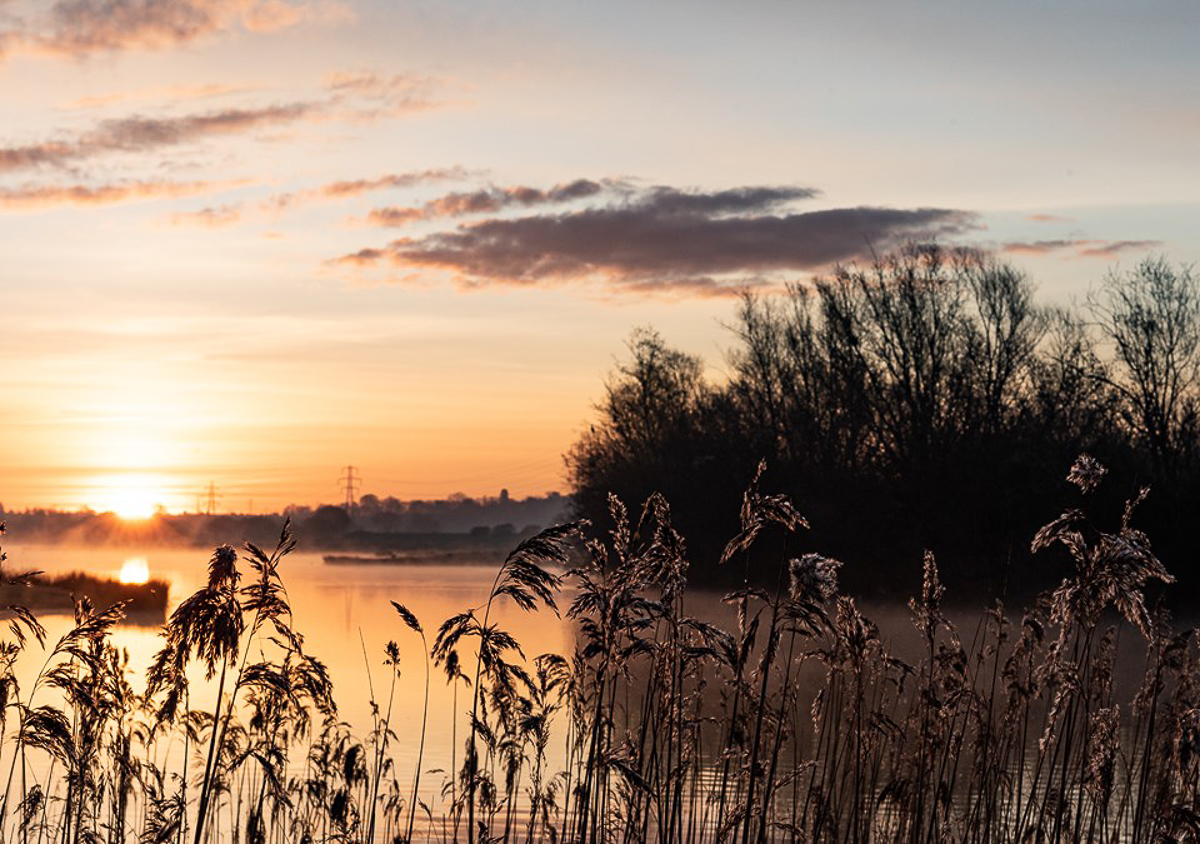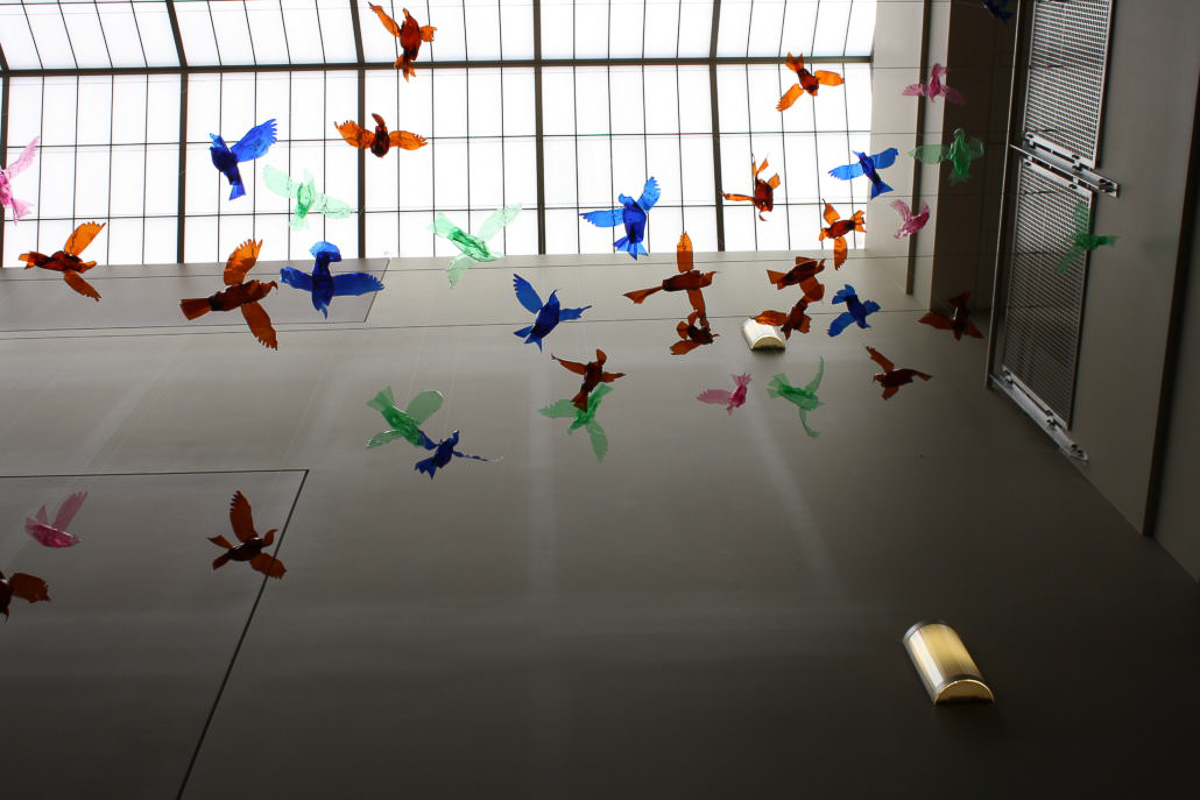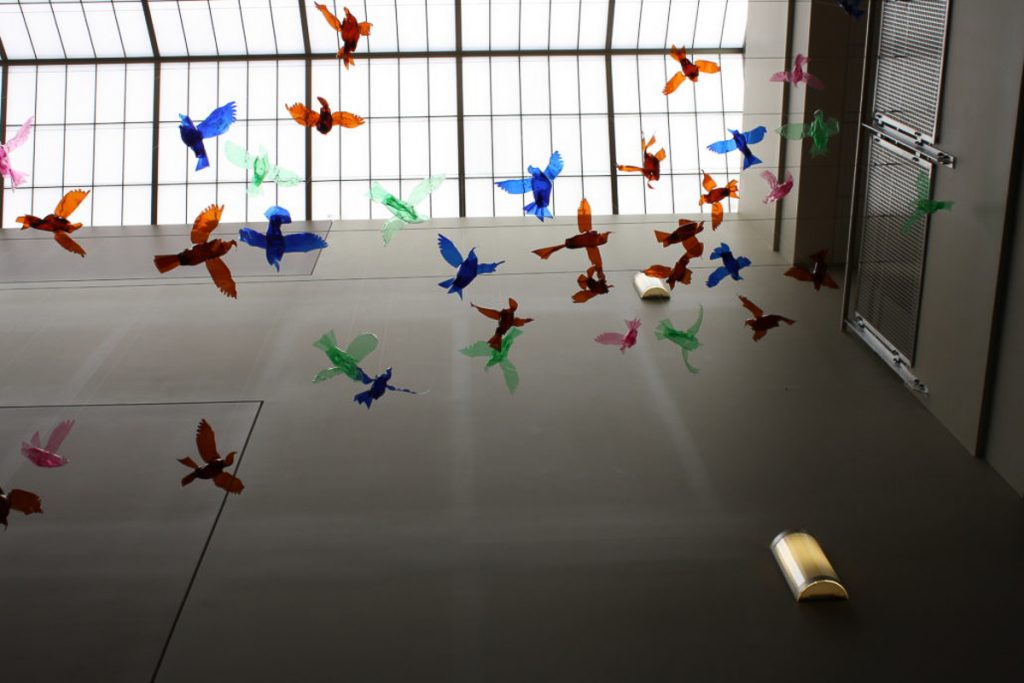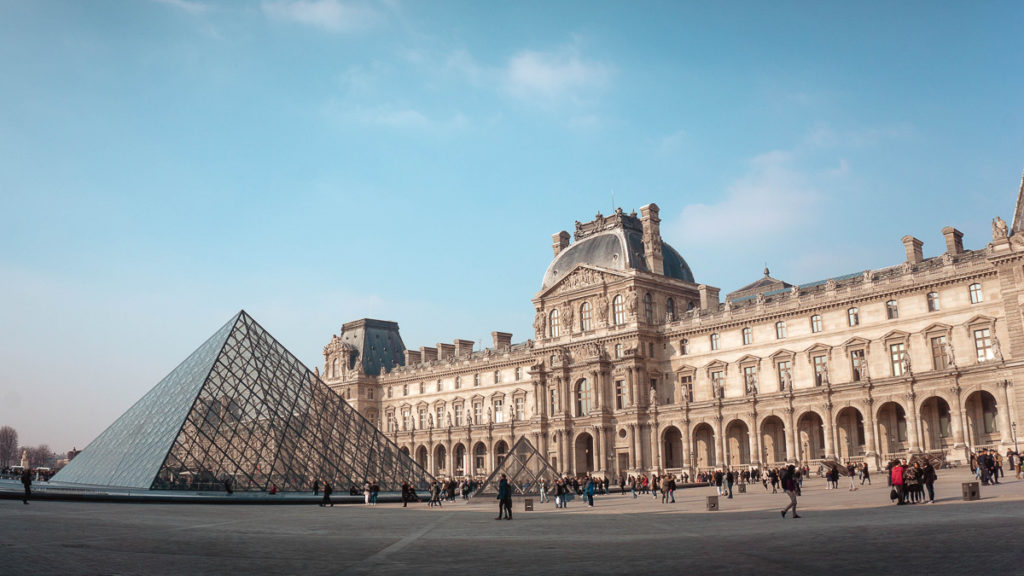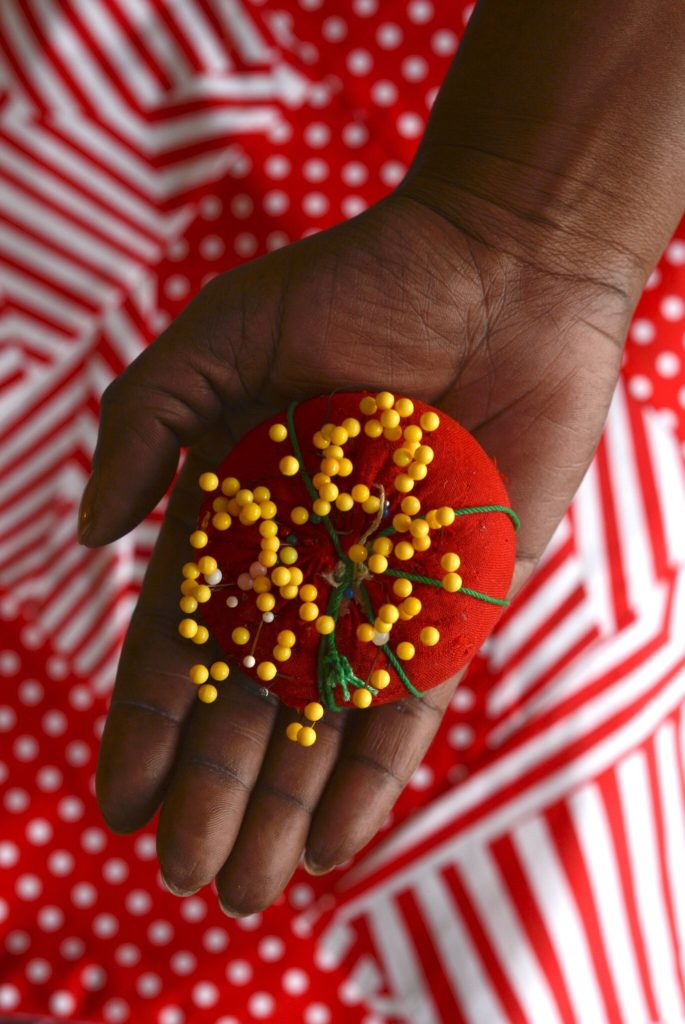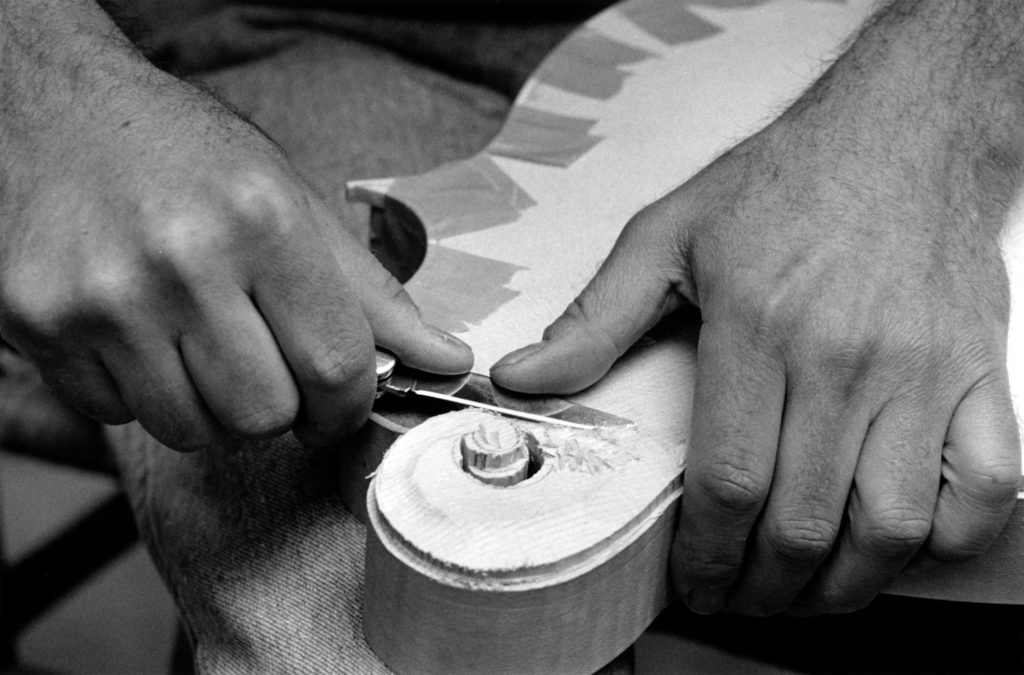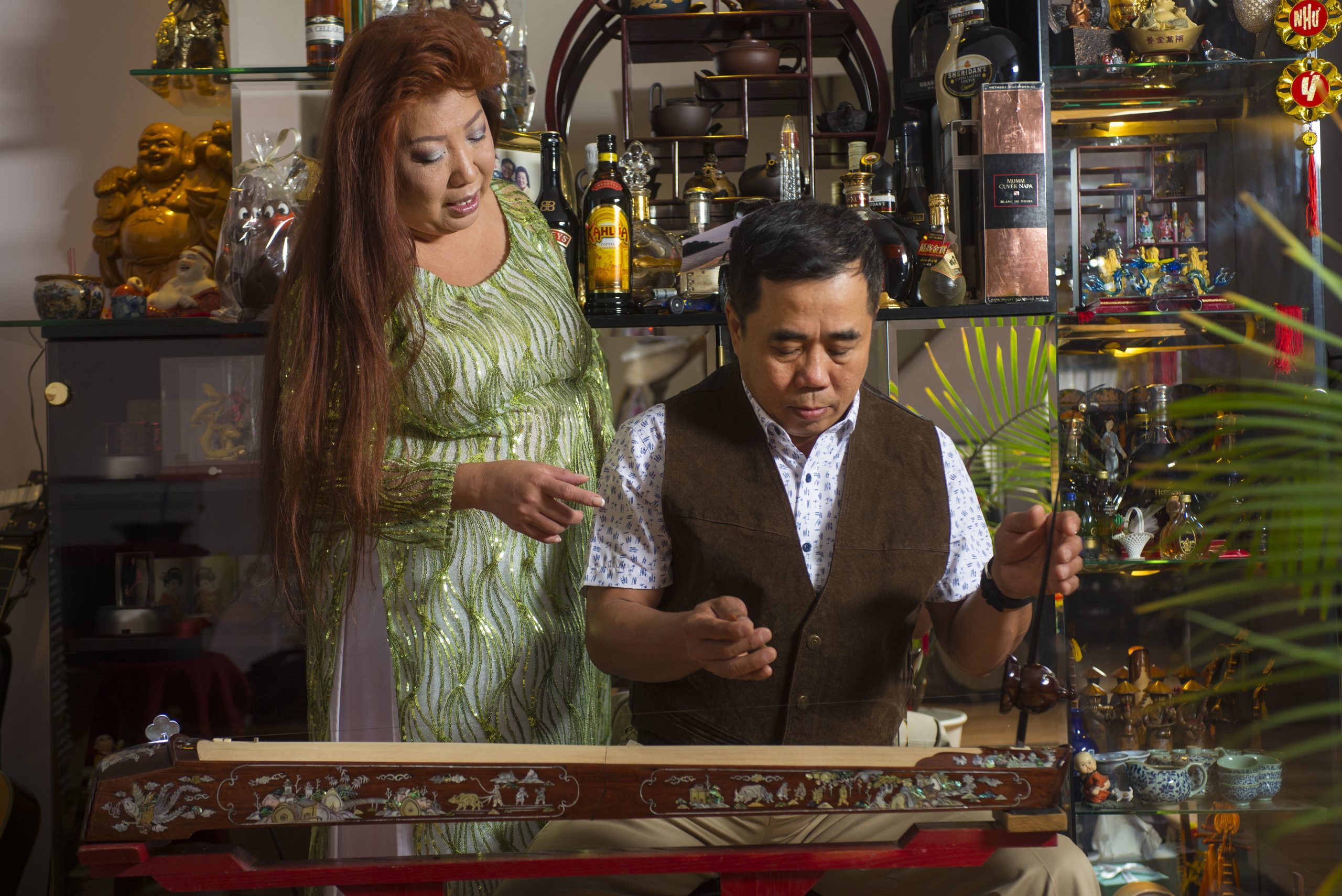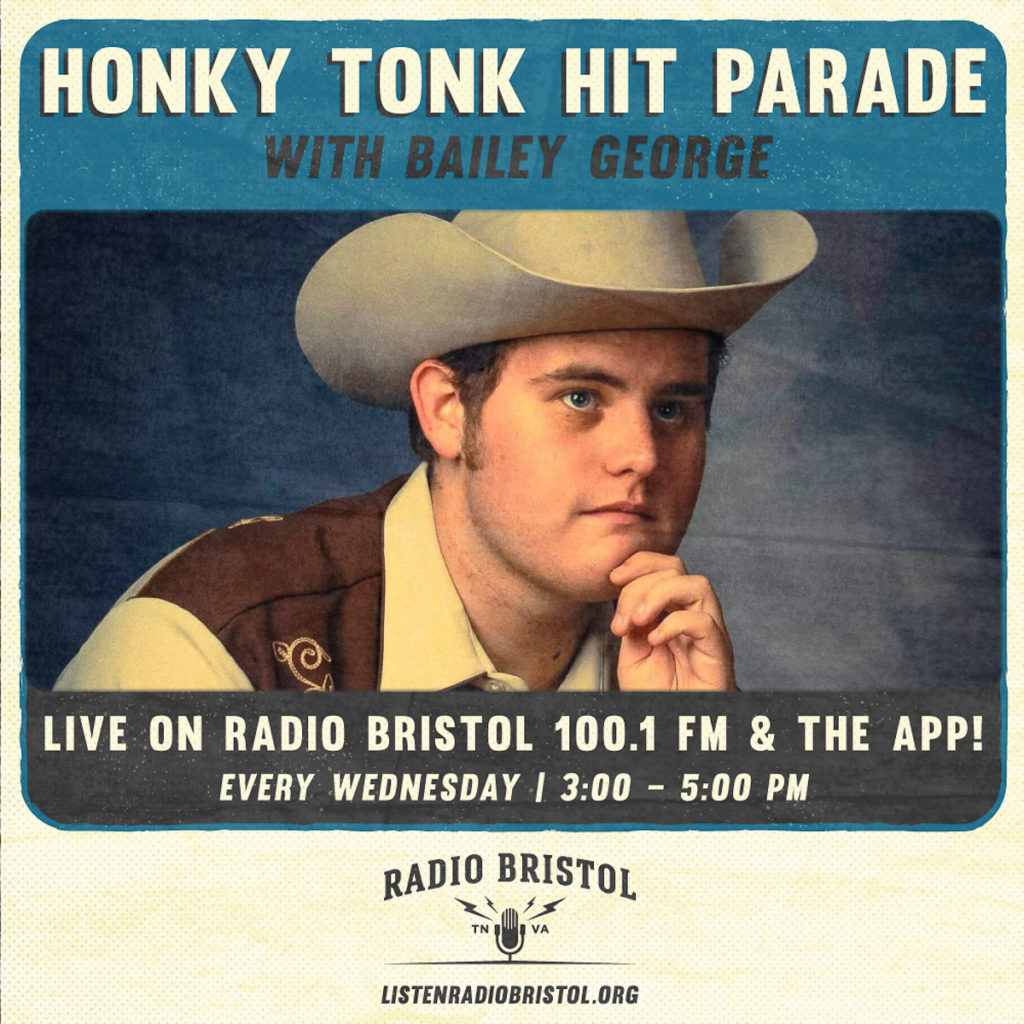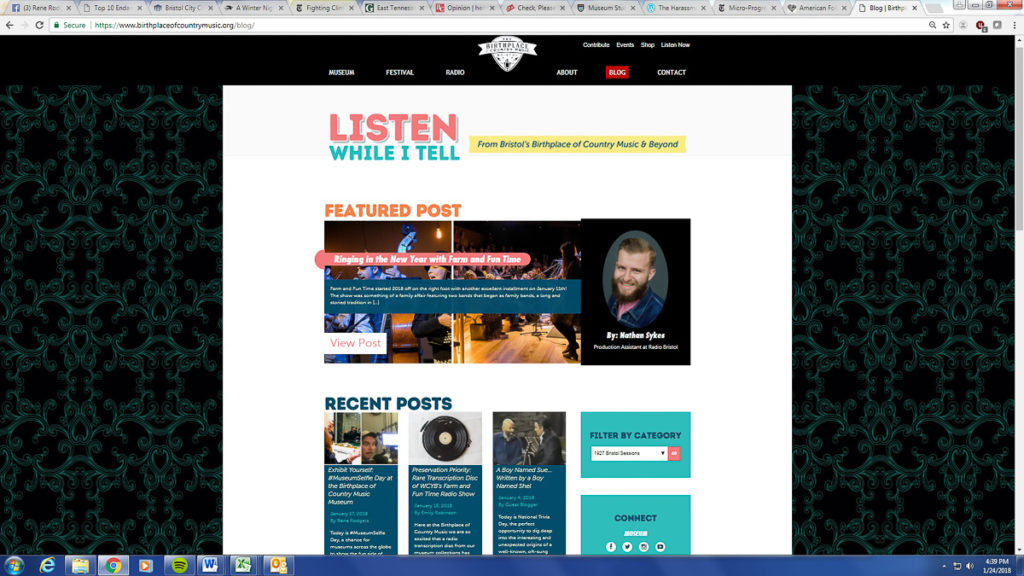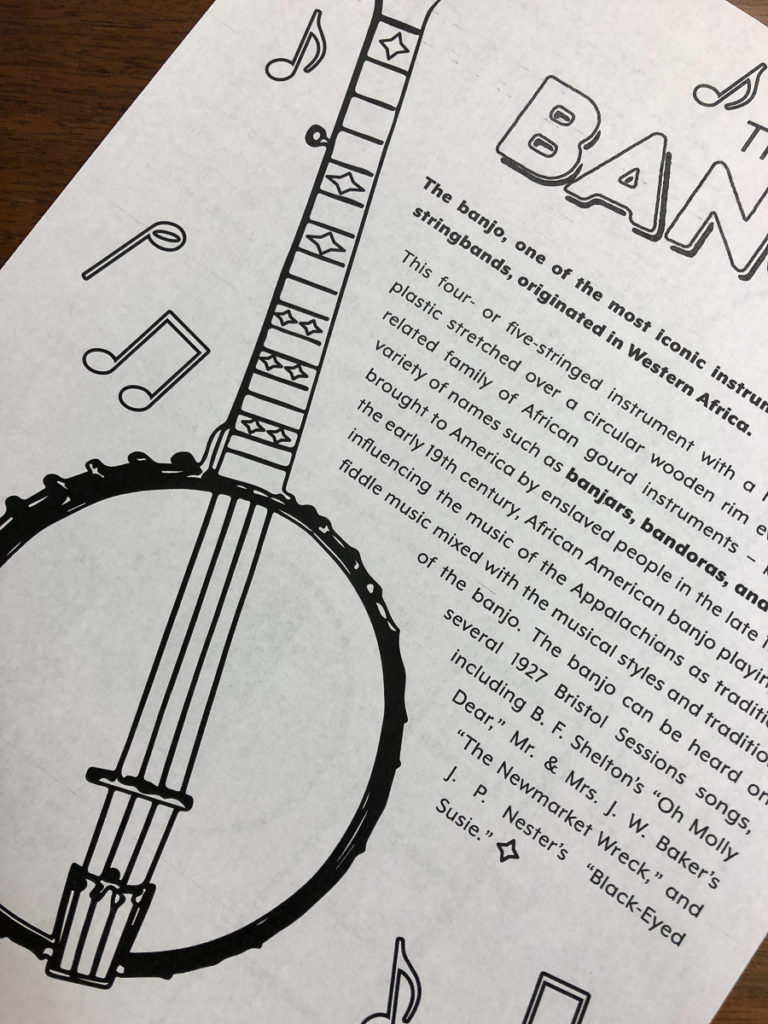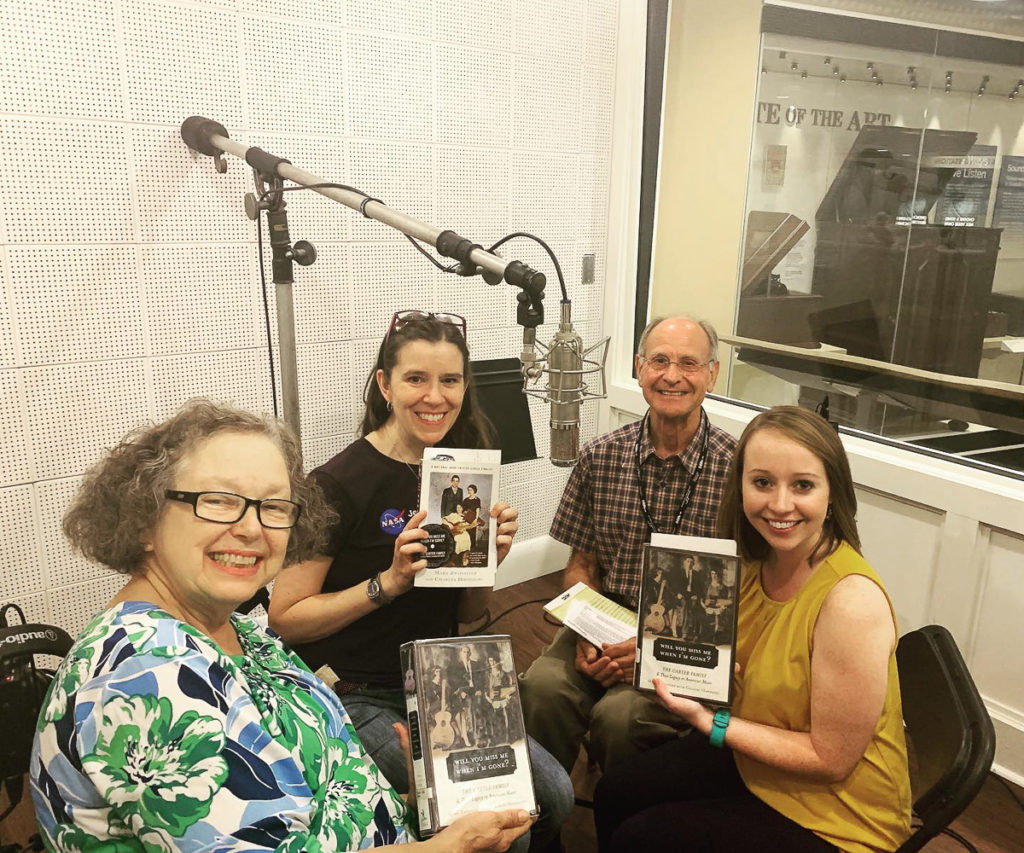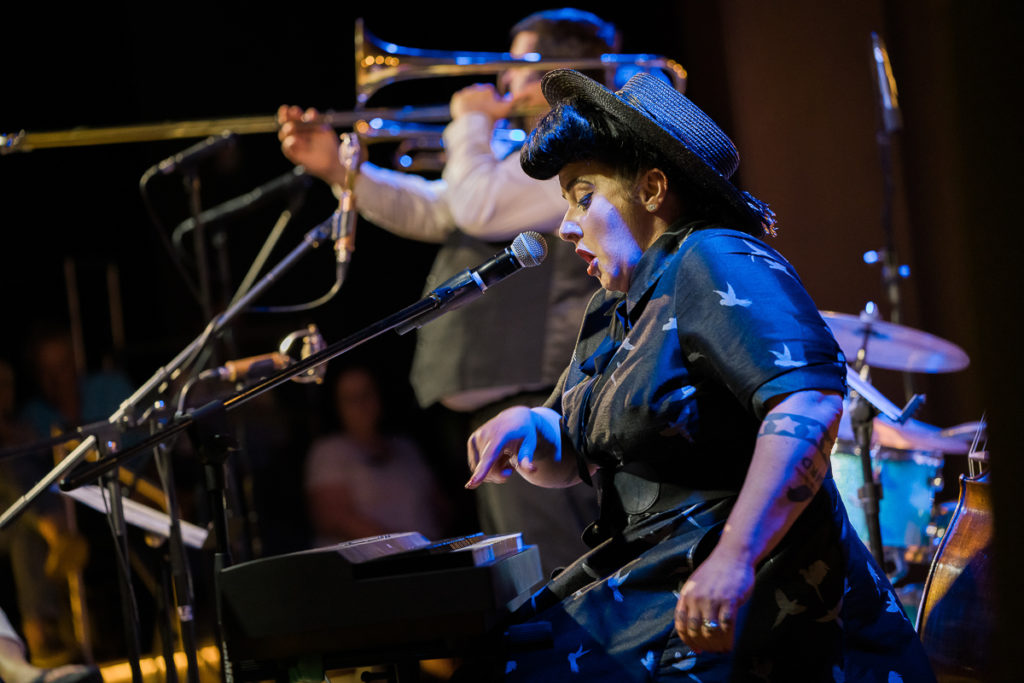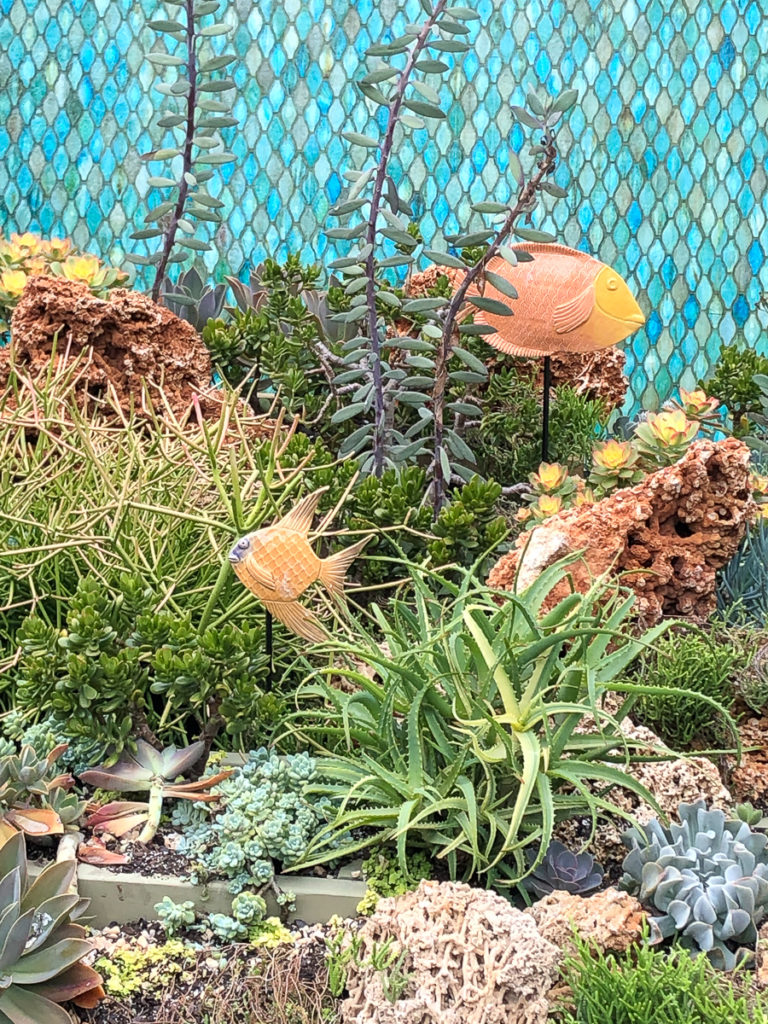For our “Pick 5” blog series, we ask members of the Radio Bristol team to pick five songs within a given theme – from heartsongs to murder ballads and everything in between! Once they pick their “5,” they get the chance to tell us more about why they chose those songs. With a diverse staff of knowledgeable DJs, we’re sure to get some interesting song choices, which might introduce you to some new music, all easily accessible by tuning into Radio Bristol! This month’s “Pick 5” focuses on nature songs in honor of April’s Earth Day, chosen by Stu Vincent.
April marks 50 years of Earth Day (April 22), and as a newcomer to WBCM, I was honoured to be asked to write a blog article in celebration of this anniversary. By way of introduction if you have not listened in to my show Hillbilly Boogie, my playlist is always varied and often contains a little “surprise.” I think that you will find that this is also reflected in my choice of five pieces of music for Earth Day!
When thinking about this post, there were so many songs and pieces of music that I would associate with Earth Day. And so I decided that I might take you through an imaginary day (no, no Pat Metheny in this blog article, though he was nearly included!), sharing with you some of the music that might actually be playing on my headphones or might just run through my mind at different times of the day.
“First Light,” Brian Eno
I am often awake very early in the morning; though sometimes I wish that it were not so, one of the advantages is that I can go out with my camera while most people are still asleep and watch the daybreak. I have seen the sun rise over still-smoking fires at festivals and over hills as I have travelled on overnight coaches while all (but the driver) slept fitfully, but to be out in the open with my camera and my thoughts is the perfect way of starting a day. For me, watching the sun rise is an opportunity to think about what might be done, how to approach a problem, or just to clear the mind in readiness for whatever the new day might bring – and one piece of music typifies this for me: Brian Eno’s “First Light.”
“The Lark Ascending,” Vaughn Williams
One of my fondest memories from when I was a child was wandering off into the fields by myself. Before my family moved to Wales, I lived in a tiny hamlet and my father worked on one of the two farms there. While there were two other boys my age in the hamlet, I would sometimes just wander off – maybe because they had been taken shopping with their mother, maybe we had had a fight…it doesn’t matter. I would walk into the fields and lay on my back and watch the clouds drift by and listen to the birdsong. Such a simple thing to do, but something that youngsters now might not have the opportunity to do; those living in built-up areas (as I do now) might never know that pleasure – no traffic noise, no distractions from phones, just drifting clouds and birds singing, calling and feeding. Recalling those days now, one piece of music immediately comes to mind: Vaughan Williams’ “The Lark Ascending.”
“River Stay ‘Way from My Door,”
After my family moved to Wales, one of my greatest pleasures was to play the second-hand records that my father brought back from auctions – probably bought for just (then) a few shillings. Perhaps this is where Hillbilly Boogie came from! I would go through the box and there might be some ragtime by Winifred Atwell, opera – I remember trying to listen to Purcell’s Dido and Aeneas…my ears needed a few more years before I appreciated that!, I remember Indonesian music recorded in Covent Garden, and I remember Paul Robeson.
It was not until years later that I learned more about Robeson (including from an older work colleague who showed me a picture of her sitting on his knee). One song that made a huge impression on me then – and is applicable now for this Earth Day selection – was “River Stay ‘Way from My Door.” I was in school in Wales when the Aberfan disaster occurred, a tragic event not dissimilar to the Buffalo Creek flood (the latter being described in song by Corey Lee McQuade). While, as a very young child, I watched the clouds floating by, all too soon I was made aware of the incredible power of Nature, and how despite it being so dramatic and beautiful, it can also be dangerous, particularly when warnings are not heeded or dangers ignored.
“SW9 9SL,” Four Tet
Now…I hope that you’re still with me, as here is (perhaps) the biggest surprise. While I predominantly listen to acoustic music, I also enjoy listening to EDM – particularly trance and especially when I am concentrating on a task.
I am not fond of cities – while I love to visit for concerts or exhibitions, I would rather be out of cities wherever possible. Perhaps this is a reaction to having worked in London for so many years, I don’t know…but when I do go into London, I will generally walk everywhere as I know my way around fairly well and I always leave time to wander, a great chance to watch everyone in their hurrying and scurrying as I just take my time.
Of course, cities are important and busy places and, consequently, the people living and working in cities often maintain a very different rhythm to my own. I will confess that after a concert, I will usually hail a taxi to take me back to the train station for my homeward journey. I will sit in the back of a cab, watching the frenzied life of London, watching the impatience of the drivers and pedestrians, the late-night shops, and the Underground stations with their constant flow of people ascending and descending. And at such times, Four Tet’s “SW9 9SL” will come to mind. (SW9 9SL is the post codeZip Code for the Brixton Academy, a famous music venue.)
“Hills of Home,” Trisha Gene Brady
And now, time for home…
As mentioned before, I am not fond of cities and, while I live in a large town, I am fortunate enough to have a small but peaceful garden and to have neighbours who care and are respectful.
If I were to imagine my ideal place on Earth, it would be in the mountains. It would be where the pace of life was slower. It would be where the wisdom of people who have lived on the land for generations is respected and carried forward to the next generation. It would be where the music that I love the most is sung, played, and heard such as the beautiful “Hills of Home” by Trisha Gene Brady.
Wherever you live, I hope you will have your own “Hills of Home”… Be safe, be well. And be kind to the Earth!


